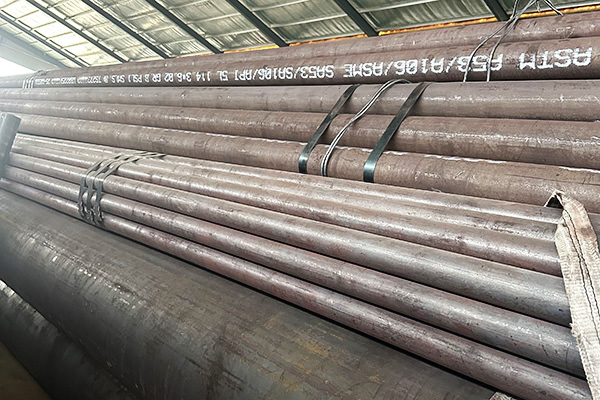

Reasons for Uneven Hardness of Seamless Steel Pipes
Uneven hardness in seamless steel pipes is a common quality concern that can affect mechanical performance, wear resistance, and overall reliability. Variations in hardness may lead to weak spots prone to cracking or premature failure. Several factors contribute to this uneven hardness:
Inconsistent Heat Treatment
Variations in temperature or time during processes such as quenching, tempering, or annealing can cause non-uniform microstructures. Areas exposed to insufficient heating or cooling may develop harder or softer zones.
Chemical Composition Variability
Non-uniform distribution of alloying elements (carbon, chromium, molybdenum, etc.) or impurities can affect local hardness by influencing phase formation and tempering response.
Microstructural Inhomogeneity
Uneven grain size, presence of retained austenite, or untempered martensite pockets result in localized hardness differences. This can be caused by improper processing or alloy segregation.
Mechanical Deformation and Work Hardening
Rolling, bending, or other mechanical processes can induce strain hardening in certain regions, increasing hardness locally compared to untreated areas.
Surface Treatments and Decarburization
Surface decarburization during heat treatment can reduce surface hardness, while hardening treatments (like carburizing) increase it. Uneven application or exposure leads to hardness variation.
Residual Stresses
Residual tensile or compressive stresses from manufacturing can affect hardness readings and create uneven hardness profiles.
Measurement Errors
Improper testing methods, inconsistent sample preparation, or operator error may give the impression of uneven hardness.
Conclusion
Controlling heat treatment parameters, ensuring uniform chemical composition, and optimizing mechanical processing are key to minimizing uneven hardness in seamless steel pipes. Consistent quality control and thorough inspection are essential to maintain pipe performance and safety.
References
ASTM A106 – Standard Specification for Seamless Carbon Steel Pipe for High-Temperature Service
ASM Handbook, Volume 4 – Heat Treating
Totten, G. E. (2006). Steel Heat Treatment: Metallurgy and Technologies.
Zhang, H., & Li, S. (2019). “Influence of Heat Treatment on Hardness Uniformity of Seamless Steel Pipes.” Materials Science Forum, 958, 112–118.





